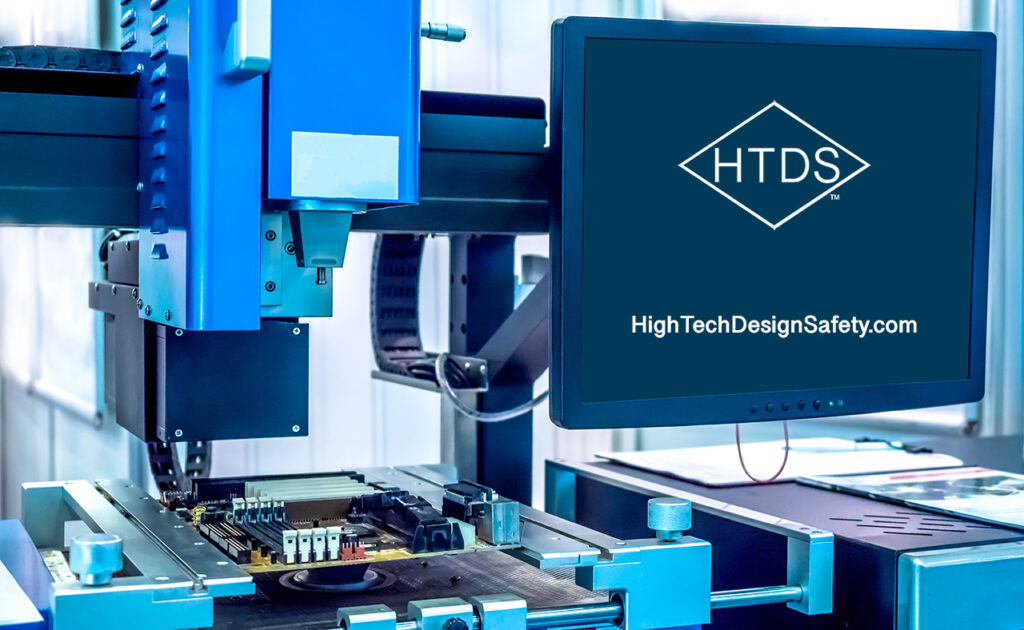We are continuing our series on listing, labeling or certifying your equipment. Today we will talk about what it takes to get started on this process.

Link to video also available here: https://youtu.be/yjFDH33ARCs
How do you start…
Products/Standards
Well, you got a product…You know what standards are going to be needed for your product. We talked about this earlier, see our previous video on standards and standard selection. Then you will begin to collect all the information that the lab will need to scope this project. We can help scope it with you or for you. Hopefully you’ve already got some information on scope and where you need to go. If not, we can help and get that done.
Next you need to be sure that there’s plenty of budget in and available to do the work needed or request more money if it’s required. Then do the quoting. As you’re building your product, you are going to have an internal requirements document and it is going to have all of the features, constraints, needs, and everything that the product has to fit into. Then you’re going to develop the standards you need against that. You can see our other videos on standards like, UL 60204, UL 61010…There’s a whole series of NFPA standards around hazardous chemical and toxic gas handling like, NFPA 318 for clean rooms.
Or it might be an ANSI standard. If is is a pressure vessel then it would might fall under an ASME standard. You may need to use IEC standards for the global work like IEC 60950 or 60601. It might be another standard. It might be a standard for hazardous locations like iecex 60079 – and then whatever number of the standards you need.
Develop those standards and those will be added to your internal requirements documents.
Next Steps...
Information/NDAs
Next, collect up a package of all the information you have so far on this requirement document.
Then it is great to include any drawings you might have whether they are full-blown engineering drawings or concept drawings, schematics, outlines, bill of materials, all those things. Also include a method of operation, manuals…The more data you have, the better to help the lab scope your project.
As a laboratory, we can help you figure out exactly which standards you’ll need, which testing at the lab you need, and at the end… what testing you’ll have to do in manufacturing to validate your product.
Get going...
Budget
All the things we have mentioned get you far along and help us give you a ballpark price, so you can know what the budget is going to be, how much it is going to cost and get it quoted.
Quote
Next, we will get that quote together and get it over to you as rapidly as possible. The quote will include the scope of the deliverables. We will need a timeline because we rely a lot on our clients to develop that timeline. So, if you’re doing SEMI S2 or a similar product standard…we are going to need to see an actual sample of that product fully completed. That is the same with most standards. We are going to need a sample to look at and test. We will get you that quote.
Purchase Order
The next thing to do is shoot over a purchase order. That can take weeks at some clients. On smaller projects…sub $10,000, often times, people want to use a credit card…so that can expedite the process and only take a day. Either way, a purchase order or pay upfront, whichever is quicker for you. The bigger projects always use the PO.
Kickoff Meeting
Once the PO is in order…Let’s get a kickoff meeting going. That kickoff meeting is to introduce the team to the laboratory and really began to have the team get to know who they are going to be working with. It lets everyone know that requests are going to be coming in and that they should respond to them in order to move the project forward. That kickoff meeting probably will also include an estimated time when samples are to be available…whether they will be shipped to the lab or whether someone from the lab might come on-site… It might be that the evaluation is done virtual or it might be in person. It might be a little of both. We’re actually finding that doing a lot of the pre-work virtually allows us to show up and be more effective when on-site.
An example of that…often we have the product development team go ahead and run through some of the tests, like interlock validation, main power validation, temperature testing, and things like that before we arrive so that they themselves are comfortable with where the product is… and that when we get on-site that we’re able to really get down to doing the evaluation.
Summary
This is really how you get started. Get the information. If you need a nondisclosure agreement, get that to us. We will get it signed. Get the scope going. Get quote going and then get the purchase order and lock in a time for the evaluation. Looking forward to your comments on this.
Please like and subscribe our YouTube channel. I know you hear that on all YouTube videos, however, were getting close to the point where we can really do more with just a few more subscribers.
And if you have questions about getting your product to market please get into touch with us here at High Tech Design Safety. https://hightechdesignsafety.com/
👍 Please subscribe to get more tips, tools and information for your UL Certification needs and please share this blog. #ULCertification #61010 #ElectricalStandard


